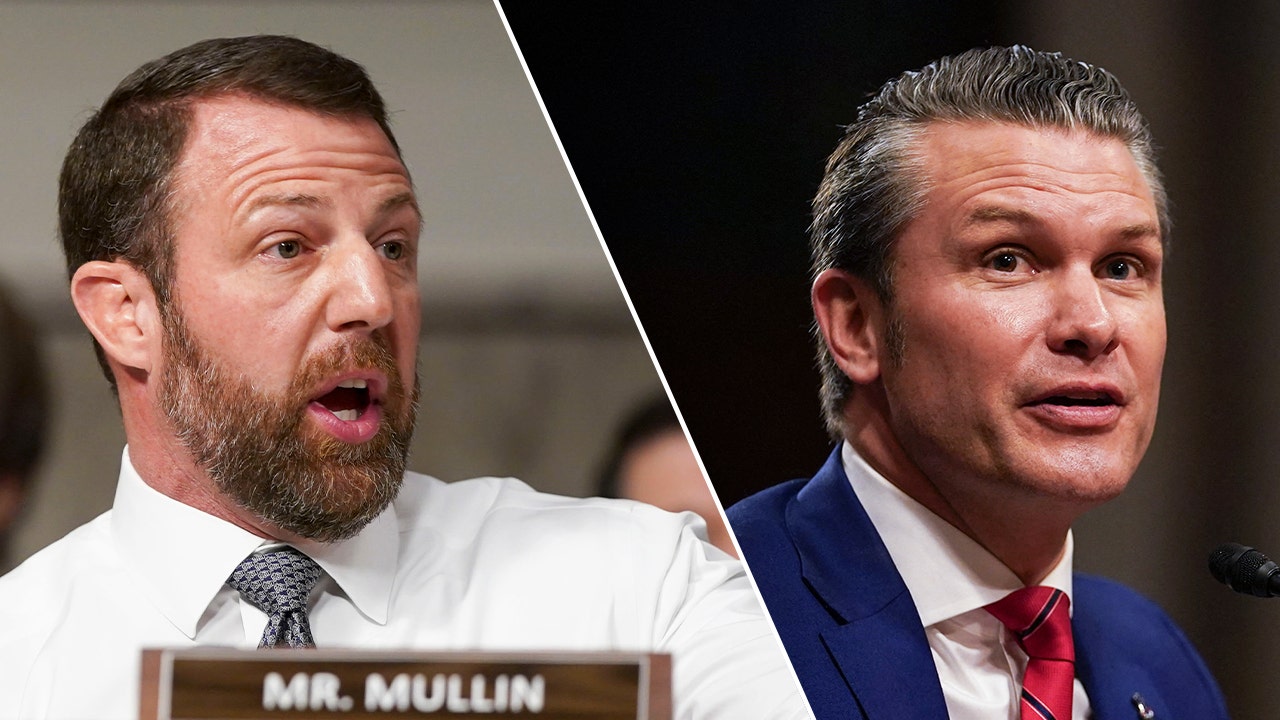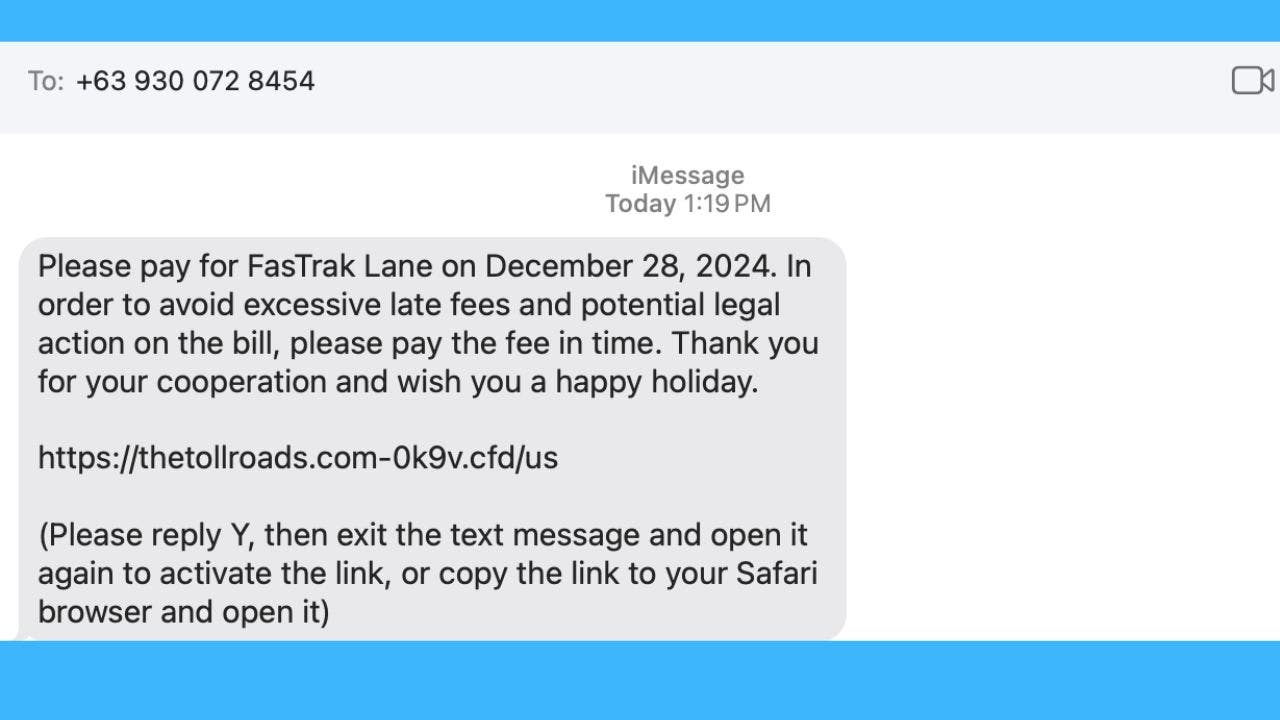California
California’s Line Fire grows due to high temperatures, forces evacuations: See map

“It’s critical that residents in the impacted areas remain vigilant and prepare to evacuate immediately if called for by local authorities,” said California Gov. Gavin Newsom in a statement.
Climate change fueling wildfires
A recent study attributes the drastic surge in California’s wildfires to climate change, primarily caused by human activities.
The Line Fire in Southern California has set over 20,500 acres ablaze and is 0% contained.
The wildfire was discovered Thursday, according to InciWeb’s data. It’s located in San Bernardino County, around 121 miles northeast of Los Angeles.
High temperatures have increased the fire’s activity Sunday night and will continue through Monday, and then temperatures will be below normal by Wednesday.
The fire is spreading towards the northeast direction, according to Daily Press, a part of the USA TODAY Network. However, the cooler weather will help moderate the flames below the marine level.
Over 36,000 structures, including single and multi-family homes, commercial buildings, and others, are threatened by the fire, and thousands are forced to evacuate.
The fire also set areas of the San Bernadino National Forest ablaze.
A Damage Inspection Team was ordered, and there were 1,855 personnel assigned to fight the fire while more resources arrived from other parts of the California.
Stories about our planet, explained. Sign up for USA TODAY’s Climate Point newsletter.
What caused the fire?
The cause of the fire is under investigation.
However, as firefighting efforts continued on Sunday, rising temperatures allowed the fire to increase, according to InciWeb.
“Temperatures ranged from the upper 80s to the mid-100s over the fire area,” stated its website.
Line fire map
State of emergency
California Gov. Gavin Newsom proclaimed a state of emergency and secured “a Fire Management Assistance Grant (FMAG) from the Federal Emergency Management Agency (FEMA) to help ensure the availability of vital resources to suppress the fire,” stated a press release, as the fire grew over 17,400 acres on Saturday.
“It’s critical that residents in the impacted areas remain vigilant and prepare to evacuate immediately if called for by local authorities,” said Newsom in a statement.

Emergency declared after Line Fire grows
California Governor Gavin Newsom has declared a state of emergency in San Bernardino County where a fire has exploded past 17,000 acres.
Evacuation orders
People in areas with evacuation orders are required to leave for their safety as “there is an immediate threat to life and property,” according to InciWeb.
The following locations have been ordered to evacuate the area:
- The area from Calle Del Rio to Hwy 38, including Greenspot Road North
- Underdeveloped land from east of Highway 330 to Summertrail Place and north of Highland Avenue
- Areas of Running Spring east of Highway 330 and south of Highway 18
- Community of Running Springs
- Community of Arrow Bear Lake
- East of Orchard Road to Cloverhill from Highland Avenue north to the foothills
- North of Highland Avenue and East of Palm Avenue to Highway 330
- Garnett Street east to the 138 and Mill Creek north to the foothills
- Community of Forest Falls
- Community of Mountain Home Village
The following areas have evacuation warnings:
Conditions may worsen in areas with an evacuation warnings. People in the following areas will need to evacuate should conditions change, according to InciWeb:
- Boulder Avenue east to Church Street
- Greenspot Road north to the foothills
- Church Street east to the city limit
- Area from the foothills south to Greenspot Road
- Green Valley Lake, north of Highway 18
- Community of Cedar Glen
- Community of Lake Arrowhead
- Community of Crestline
- Community of Valley of Enchantment
- Angelus Oaks
- Seven Oaks
- Garnet Street to Bryant Street and Carter Street North the Mill Creek
Contributing: Rene Ray De La Cruz, Victorville Daily Press
Julia is a trending reporter for USA TODAY. She has covered various topics, from local businesses and government in her hometown, Miami, to tech and pop culture. You can connect with her on LinkedIn, follow her on X, formerly Twitter, Instagram and TikTok: @juliamariegz, or email her at jgomez@gannett.com.

California
California College Data and Policy Project Awarded $200,000 Grant from College Futures Foundation to Study CalFresh Use by Students – California Policy Lab

January 28, 2025, Berkeley, California — A new grant from College Futures Foundation will support research to improve the take-up of CalFresh benefits by students in the state’s three main systems of higher education, including the University of California, the California Community College System, and the California State University.
This is the first external support for the research of the new California College Data and Policy Project. The Project is a joint initiative of the California Policy Lab and the Center for Studies in Higher Education, and is led by Professor Jesse Rothstein, the Carmel Friesen Chair in Public Policy and David Gardner Chair in Higher Education and a Professor of Public Policy and Economics at UC Berkeley.
“We’re thrilled to receive this grant, which will support our work with our partners to use enrollment, financial aid, and safety-net data to identify students who are eligible for these supports, and then target outreach with a goal of increasing the number of students who enroll,” explains Professor Rothstein. “We’re grateful to College Futures Foundation because this grant will also support our longer-term work to better measure if receiving CalFresh has an impact on student success outcomes like staying enrolled and graduating.”
CalFresh is California’s version of the Supplemental Nutrition Assistance Program and it provides a monthly benefit amount that can be used to purchase food. Research by the California Policy Lab has shown that among students who are likely eligible for CalFresh, only about 1 in 3 or 1 in 4 students enroll in the program.
Additional background
Student Supports Initiative
Across the country, many college students struggle to meet their basic needs while attending school. Public higher education institutions are well-situated to connect students to safety-net benefits, but data limitations have hampered previous efforts to quantify eligibility and take-up.
To address this, the California Policy Lab has partnered with the California Student Aid Commission (CSAC), the California Community Colleges Chancellor’s Office (CCCCO), the California Department of Social Services (CDSS), the University of California Office of the President (UCOP), the California State University Office of the Chancellor (CSUOC), and the California Department of Education (CDE) to link anonymized data across these six agencies in order to help get more students the support they need to thrive at college.
This initiative has made it possible to link together data that had not previously been linked, which in turn allows the research team to unlock new insights about CalFresh and college students. This includes analysis showing how many students are eligible and enrolled in the UC and California Community College systems, testing outreach methods with partners, and more recently, showing the impact that temporary, COVID-era policy changes had on making more students eligible for CalFresh, and making benefits more generous. All of the research is available on the CCDPP web page.
The California College Data and Policy Project
The CCDPP is a new research initiative that brings together University of California researchers and government partners to advance equity and improve California’s world class higher education system.
CCDPP will generate new insights and research on what works to better support California students and their families as they transition through the education system. Initial CCDPP research will focus on student supports, college admissions, and transfer students.
California
Trio helps UCLA hold on down stretch to beat USC 82-76

Eric Dailey Jr. had 16 points, Sebastian Mack came off the bench to score 14 and Aday Mara blocked five shots on his way to a double-double as UCLA beat USC 82-76 on Monday night.
UCLA took the lead three minutes into the game and never trailed again. USC fell behind by double digits at the start of the second half. The Trojans battled back and had a chance to take the lead before missing 3 of 4 free throws. Wesley Yates III hit the second of two foul shots with 1:54 left to get USC within a point. Saint Thomas missed twice with 1:37 left and a chance for the lead.
Mack answered with a 3-pointer at the shot-clock buzzer and followed with two free throws to help UCLA prevail.
Dailey added six rebounds for the Bruins (15-6, 6-4 Big Ten Conference), who have won four in a row following a four-game losing streak. Dylan Andrews totaled 12 points and six assists. Aday Mara finished with 12 points and 11 rebounds for his first double-double this season.
Rashaun Agee led the Trojans (12-8, 4-5) with 21 points off the bench on 8-for-12 shooting. Yates made four 3-pointers and scored 19. Thomas totaled 13 points, eight rebounds and six assists. Desmond Claude pitched in with 12 points and six assists.
The Bruins played without leading scorer Tyler Bilodeau (13.9 points per game), who injured his ankle three minutes into a 65-60 road win over the Washington Huskies last time out.
UCLA will host No. 16 Oregon on Thursday in the first of three straight games at home. USC will host No. 7 Michigan State on Saturday.
California
What Southern California wildfire victims can expect from their insurance adjuster

LOS ANGELES — Even with flames still burning in parts of Los Angeles County, total insured losses from the wildfires this month are already estimated at more than $30 billion, according to Goldman Sachs.
Note: The video above is from related coverage.
The massive amount of damage dwarfs the previous record of $12 billion in insured losses caused by Northern California’s Camp Fire in 2018.
With over 15,000 structures already destroyed in the Palisades, Eaton and spate of smaller fires, according to state officials, some public insurance claim adjusters are warning that it may take years for claims to be resolved, and in some instances, homeowners may not have the coverage they thought they had.
A recent study from the University of Colorado Boulder of a 2021 wildfire in the state found that three-quarters of those who lost their homes were not fully covered for total losses.
MORE: Experts – How to get the most out of your insurance coverage after fire
Trying to figure out what to do next after surviving a disaster, contacting your insurance company should be one of the first things you do. But then what? United Policyholders is a non-profit whose mission is to assist you in getting the most out of your coverage.
As thousands of homeowners in Southern California file insurance claims to start the recovery process, they are meeting the one person who will determine how much the insurance company should pay for their loss — the insurance adjuster.
Each claimant is assigned an adjuster by the insurance company. It is the adjuster’s job to assess the damage, and in the case of the LA wildfires, prioritize the destroyed and severely damaged homes over those with minor damage.
California law requires that insurers immediately pay policyholders one-third of the estimated value of their belongings and a minimum of four months’ rent in the event they are completely displaced.
Gov. Gavin Newsom recently issued a one-year moratorium preventing insurance companies from canceling or issuing non-renewals for homeowners in the neighborhoods or adjoining ZIP codes affected by the Palisades and Eaton fires.
After the adjuster assesses the damage, they will determine how much the insurance company pays out for the claim.
Those who file may be given a settlement offer on the spot, but Amy Bach, executive director of the non-profit consumer advocacy group United Policyholders, tells ABC News that homeowners should resist the temptation to sign on the dotted line right away.
She recommends asking insurers for a copy of the policy and studying it for details about what level of coverage can apply.
“Give your insurance company a chance to do the right thing, but don’t be a pushover,” Bach said. “Understand reality — your insurer is a for-profit business, and you need to be pro-active to recover what you’re owed in full. Get informed on your rights and your insurer’s obligations and be politely assertive.”
MORE: These 2 types of insurance coverage will help rebuild after disaster
Most fire victims say they want to rebuild. They might have insurance, but is it going to be enough? Here are two types of coverage that experts say are key to help the rebuilding process.
Experts say if an insurer tells a homeowner that something is not covered, they should get a second opinion, including getting independent valuations of the replacement cost of the home and possessions.
“Chances are the insurer’s adjuster will use a software program to calculate what they owe you,” Bach said. “Computers don’t repair and rebuild homes — contractors and subcontractors do. So, it’s what they will charge that matters.”
If the homeowner disagrees with the insurance company’s assessment, they can appeal the decision and hire a public adjuster for a fee, according to Bach.
The public adjuster’s second opinion may help when negotiating with the insurance company, Bach added.
Public adjusters can be found through the California Department of Insurance website, and if homeowners are not being treated fairly — they can file a complaint for free with the same department.
Bach suggests keeping detailed notes of all conversations with the insurance company and adjuster including the dates and times of speaking, the names of those representatives, and a summary of what was said.
She also recommends sending a follow-up email after every conversation to document the progress.
Even if affected homeowners are insured, experts also recommend applying for disaster assistance from the Federal Emergency Management Agency.
Copyright © 2025 ABC News Internet Ventures.
-

 Culture1 week ago
Culture1 week agoBook Review: ‘Somewhere Toward Freedom,’ by Bennett Parten
-

 Business1 week ago
Business1 week agoOpinion: Biden delivered a new 'Roaring '20s.' Watch Trump try to take the credit.
-

 News1 week ago
News1 week agoJudges Begin Freeing Jan. 6 Defendants After Trump’s Clemency Order
-

 Business5 days ago
Business5 days agoInstagram and Facebook Blocked and Hid Abortion Pill Providers’ Posts
-

 News3 days ago
News3 days agoHamas releases four female Israeli soldiers as 200 Palestinians set free
-

 Politics4 days ago
Politics4 days agoOklahoma Sen Mullin confident Hegseth will be confirmed, predicts who Democrats will try to sink next
-

 World3 days ago
World3 days agoIsrael Frees 200 Palestinian Prisoners in Second Cease-Fire Exchange
-

 News1 week ago
News1 week agoA Heavy Favorite Emerges in the Race to Lead the Democratic Party


















